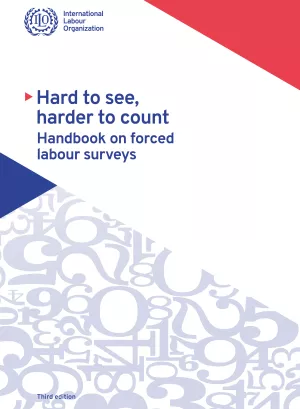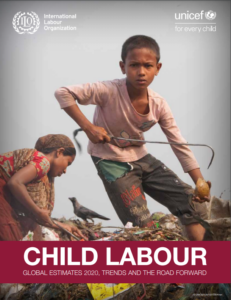Topic
Statistics on the population and labour force
Table of Contents
Related pages
See also
Introduction
The working-age population is a central concept in labour statistics. Changes in the size of the working-age population can impact significantly the labour market and the economy. A growing working-age population provides opportunities for economic growth while at the same time creating challenges for job creation and integration of new labour market entrants. By contrast, a shrinking working-age population can create challenges for economic growth, competitiveness, population dependency, etc.
Not everyone that is part of the working-age population, however, is actively engaged in the labour market. Some have jobs, others are seeking jobs, yet others are discouraged, engaged solely in other activities, or not interested in the labour market. Statistics are required to enable us to understand how people are relating to the labour market and how this changes over time. These statistics require clear definitions to ensure consistency and clarity of measurement, reporting and interpretation. As defined in international standards (19th ICLS, 2013), the labour force captures those persons of working age who are actively engaged in the labour market. It is the sum of persons employed and the unemployed. Together these two groups of the working-age population represent the supply of labour for the production of goods and services in exchange for remuneration existing in a country at a given point in time.
Key indicators to monitor the working-age population and labour force include the employment-to population-ratio, labour force participation rate, as well as age dependency ratios. These are essential headline indicators of the labour market that need to be complemented with additional indicators, such as measures of labour underutilization for monitoring and to inform policy.

Data catalogue
| Indicator | Frequency | Database | Subject | Download (with labels) | Download (with codes) | Data explorer |
|---|---|---|---|---|---|---|
| SDG indicator 1.1.1 - Working poverty rate (percentage of employed living below US$2.15 PPP) (%) | Annual | SDG Labour Market Indicators (ILOSDG) | Working poverty | .csv .dta .xlsx | .csv.gz | View |
Methods

Child Labour Statistics (CHILD database)
Concise description of concepts and definitions, uses, sources and limitations for the Child Labour Statistics (CHILD) database.

Hard to see, harder to count: Handbook on forced labour surveys
This revised version of the “Hard to see, harder to count” handbook provides an updated set of tools for the design, implementation and analysis of quantitative surveys on the forced labour of adults.
Analytical publications
Note: Many publications are available only in English. If available in other languages, a new page will open displaying these options.

Child Labour: Global estimates 2020, trends and the road forward
Published for the first time jointly by the ILO and UNICEF, as co-custodians of Target 8.7 of the Sustainable Development Goals, the report takes stock of where we stand in the global effort to end child labour.
